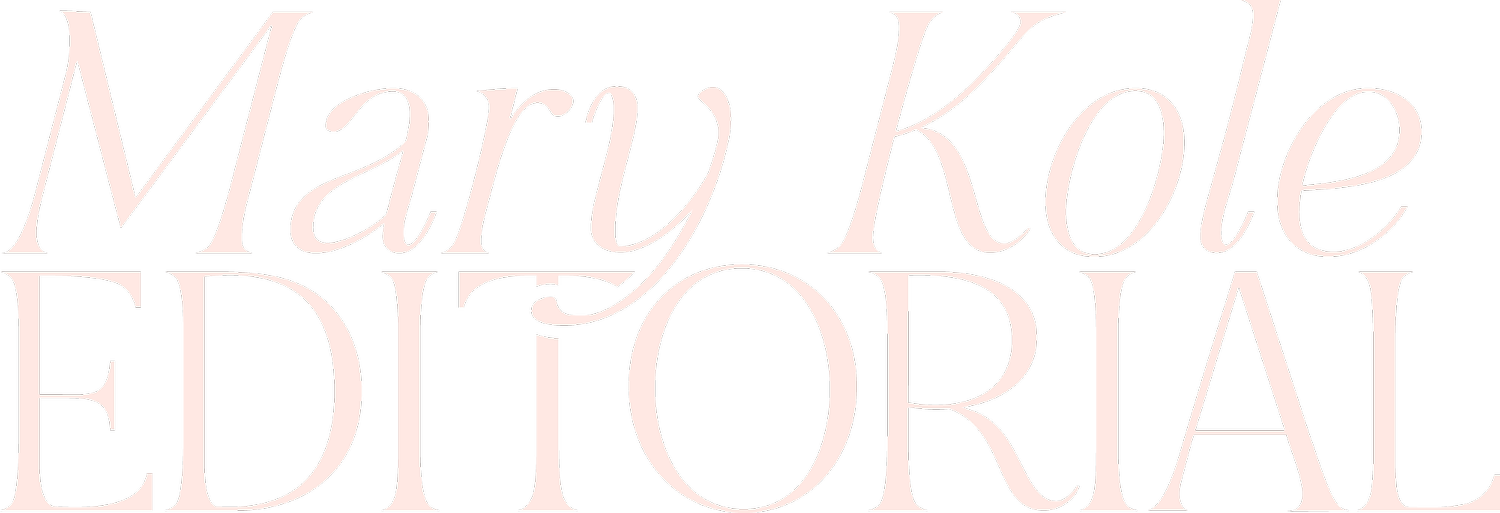Industry Standard Manuscript Formatting
By Mary Kole
Mary Kole is a former literary agent, freelance editor, writing teacher, author of Writing Irresistible Kidlit, and IP developer for major publishers, with over a decade in the publishing industry.
Writing a novel or memoir manuscript draft takes an immense amount of time, creativity, writing skills, and effort. The last thing you want is to have all of that hard work go to waste because of poor manuscript formatting. If you're an aspiring writer looking to impress a literary agent or traditional publisher, then you need to make sure your manuscript looks as polished and professional as possible. In this guide to manuscript formatting, I’ll go over everything you need to know to ensure your manuscript stands out from the rest in the slush pile. From industry standard formatting to common mistakes writers make, I’ve got you covered.
Industry Standard Manuscript Formatting
The first thing you need to know about manuscript formatting is the industry standard guidelines. This applies to both fiction and non-fiction. For the U.S. market, you should adhere to the following guidelines:
Use 8.5” x 11” white paper with 1” margins on top, bottom, left, and right
Use a standard font like Times New Roman or Courier New in 12-point size
Double space your manuscript (though you can single-space the query letter and synopsis)
Use black ink only
Number each page in the footer at the bottom right corner (except the title page)
Include your name, address, email, phone number, and word count on the first page
Use chapter headings at the top of a new page after a page break
Indent the first line of each paragraph by 0.5 inches
Aside from industry standard formatting, there are other elements that are essential to keep in mind in manuscript formatting. These elements are crucial in making sure your manuscript is easy to read and understand. Here are a few to consider:
Proper dialogue formatting
Consistent scene and chapter breaks
Proper formatting of quotes, italics, and other special text, including interiority
Use of a consistent point of view, though this is a writing craft issue
Paragraph breaks to put some white space on the page
Common Manuscript Formatting Mistakes
Even the most experienced writers make mistakes when formatting their manuscript. These common mistakes often go unnoticed, but can still significantly affect the quality of the manuscript and the read it gets from manuscript gatekeepers. Here are some of the most common formatting mistakes writers make:
Inconsistent chapter headings
Lack of paragraph breaks
Incorrect formatting for dialogue
Inconsistent formatting of special text
Incorrect formatting for quotes or citations (if applicable)
Sloppiness and lack of proofreading overall, which you should take care of before submission
With the rise of digital submissions, more and more agents and publishers are accepting manuscripts via email or online form. This can make it harder to maintain proper formatting. Here are some tips to keep in mind:
Use a plain text editor to avoid formatting issues
Check the submission guidelines for specific formatting instructions, but don’t sweat it if your beautiful manuscript format doesn’t translate
Avoid using special characters or fonts
Avoid sending attachments unless they have been explicitly requested
Proper diligence, discipline, and attention to detail can make all the difference when it comes to making your manuscript formatting look professional. Follow these guidelines to ensure that your manuscript is formatted correctly, and keep these tips in mind when submitting your work online. Remember, as an aspiring writer, you want to stand out from the crowd. By taking care to format your manuscript correctly, you'll be taking an important step towards achieving your writing dreams.

Click here to purchase Irresistible Query Letters, my book on query letters, including over forty examples with comprehensive notes on each one. There’s a ton of submission advice, best practices, and insider information in these pages, and you’ll really enjoy seeing what other writers are doing in the slush.



